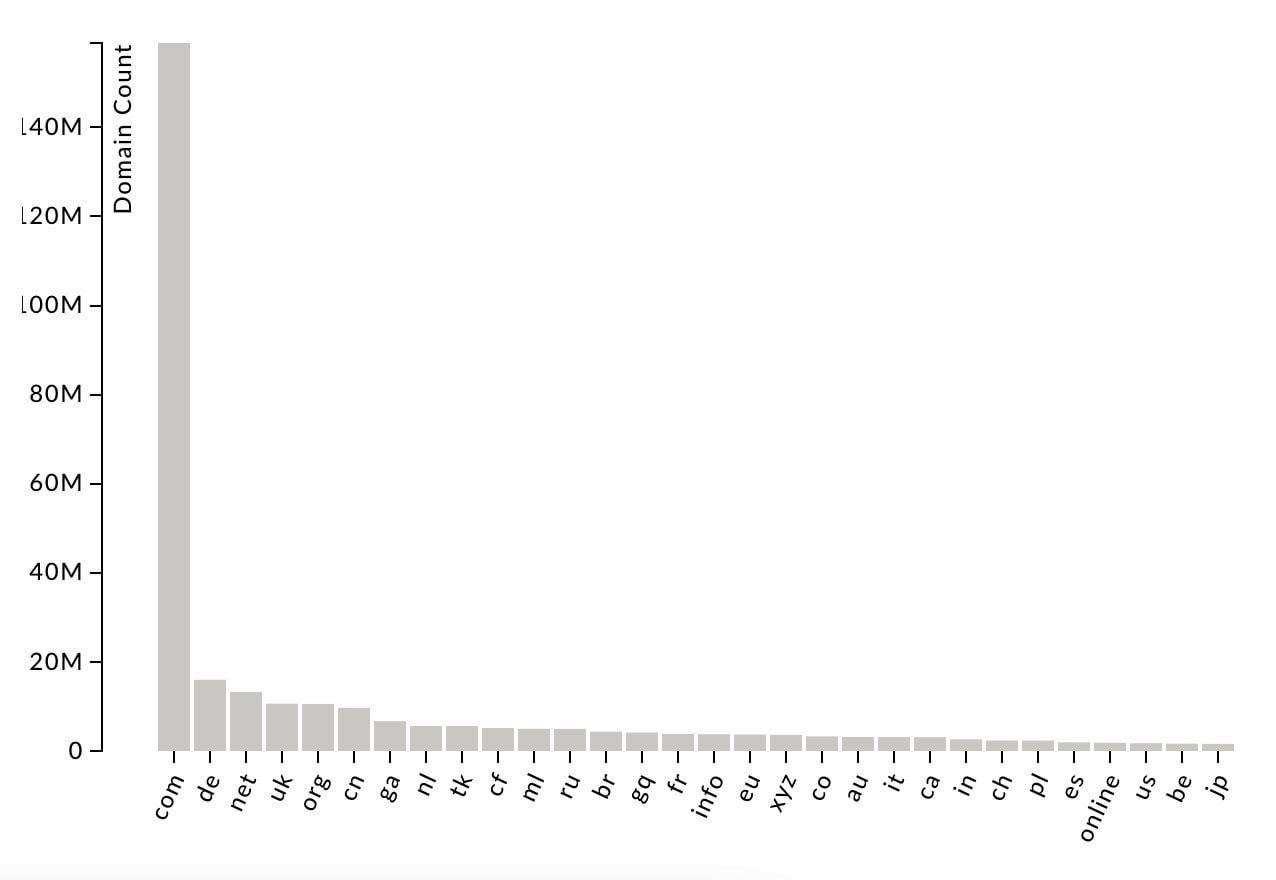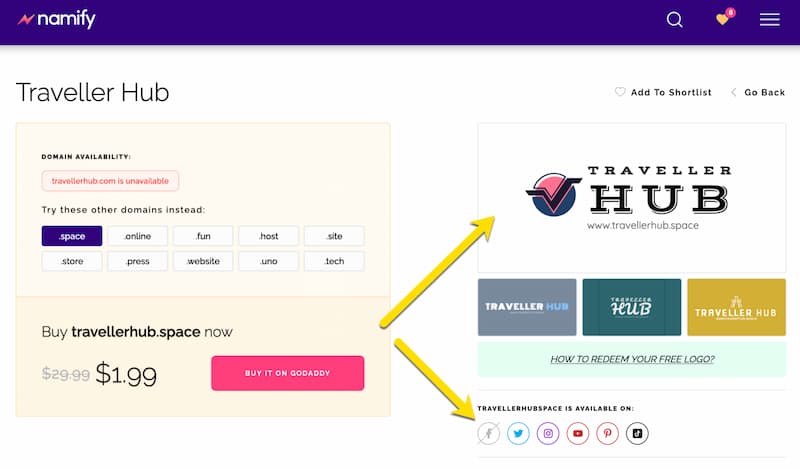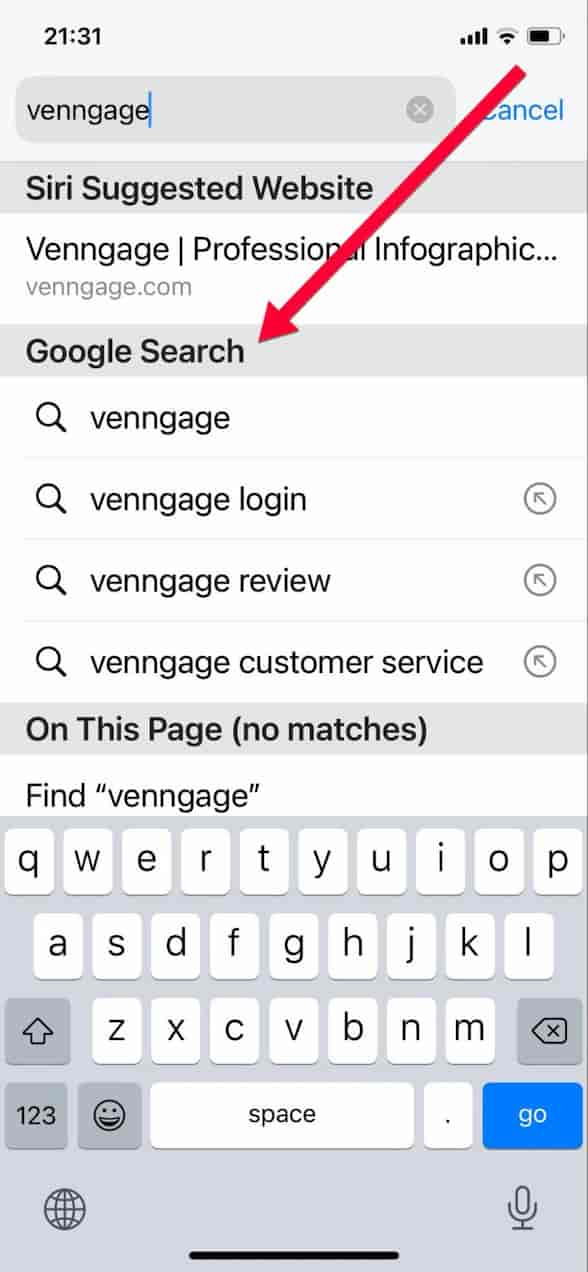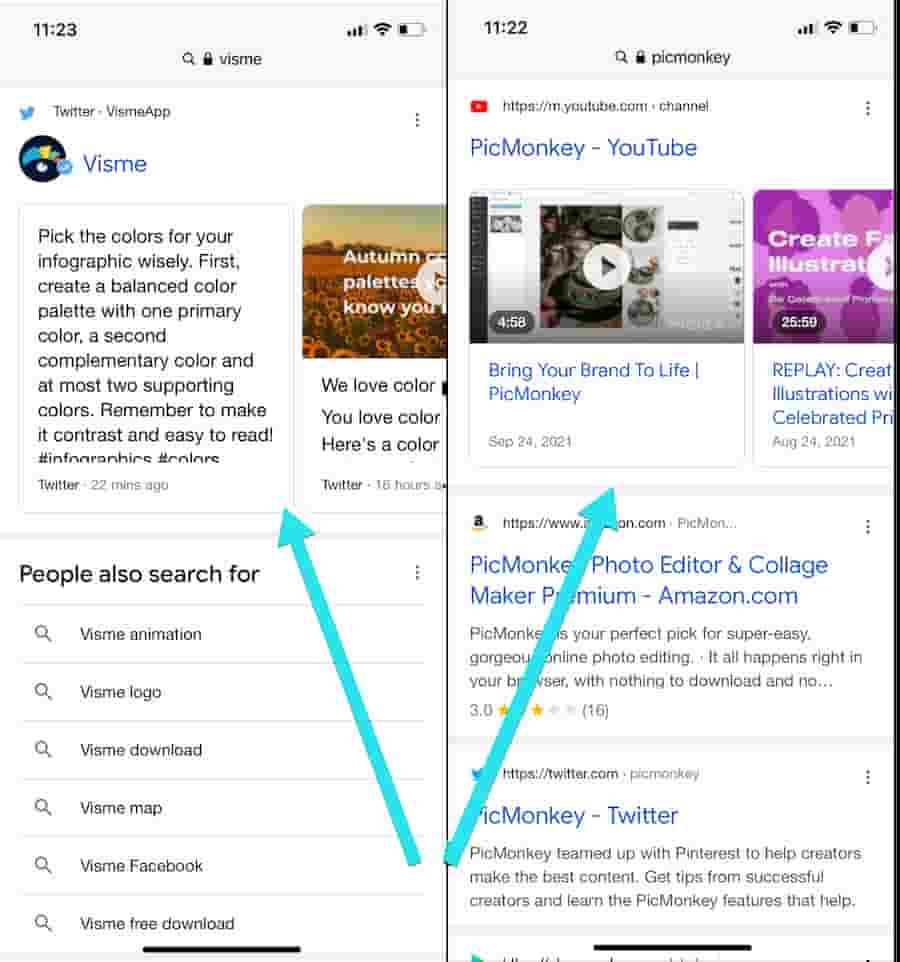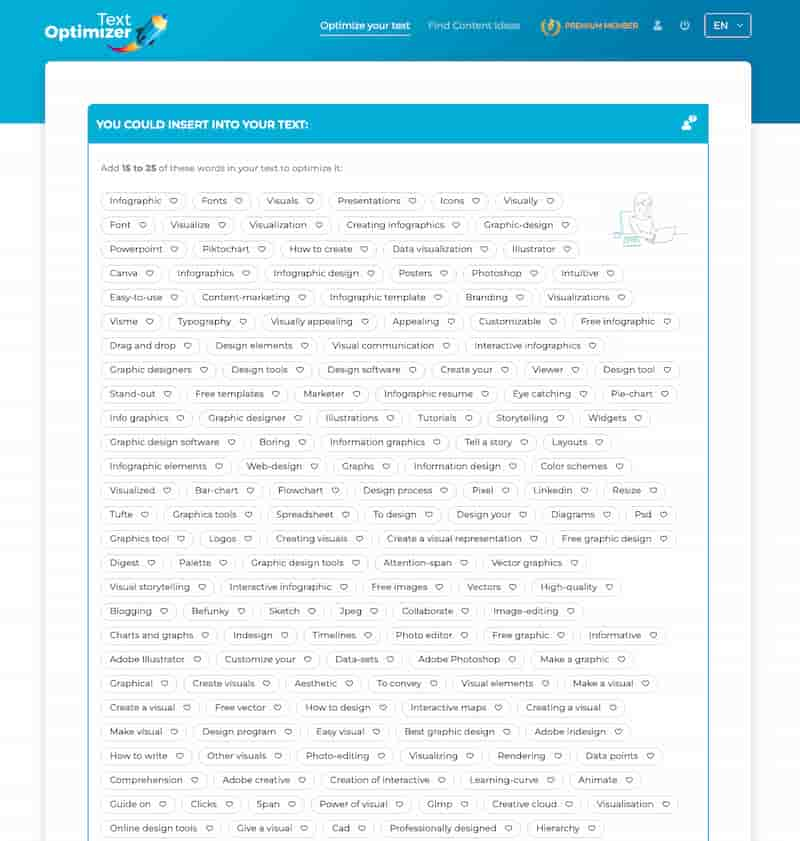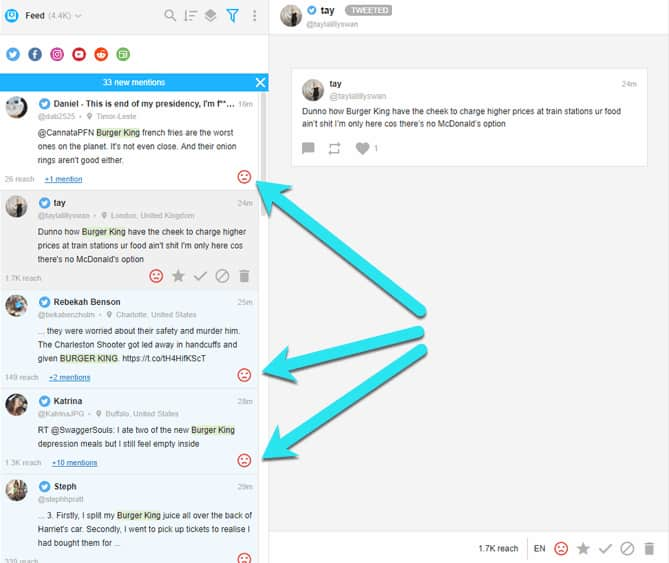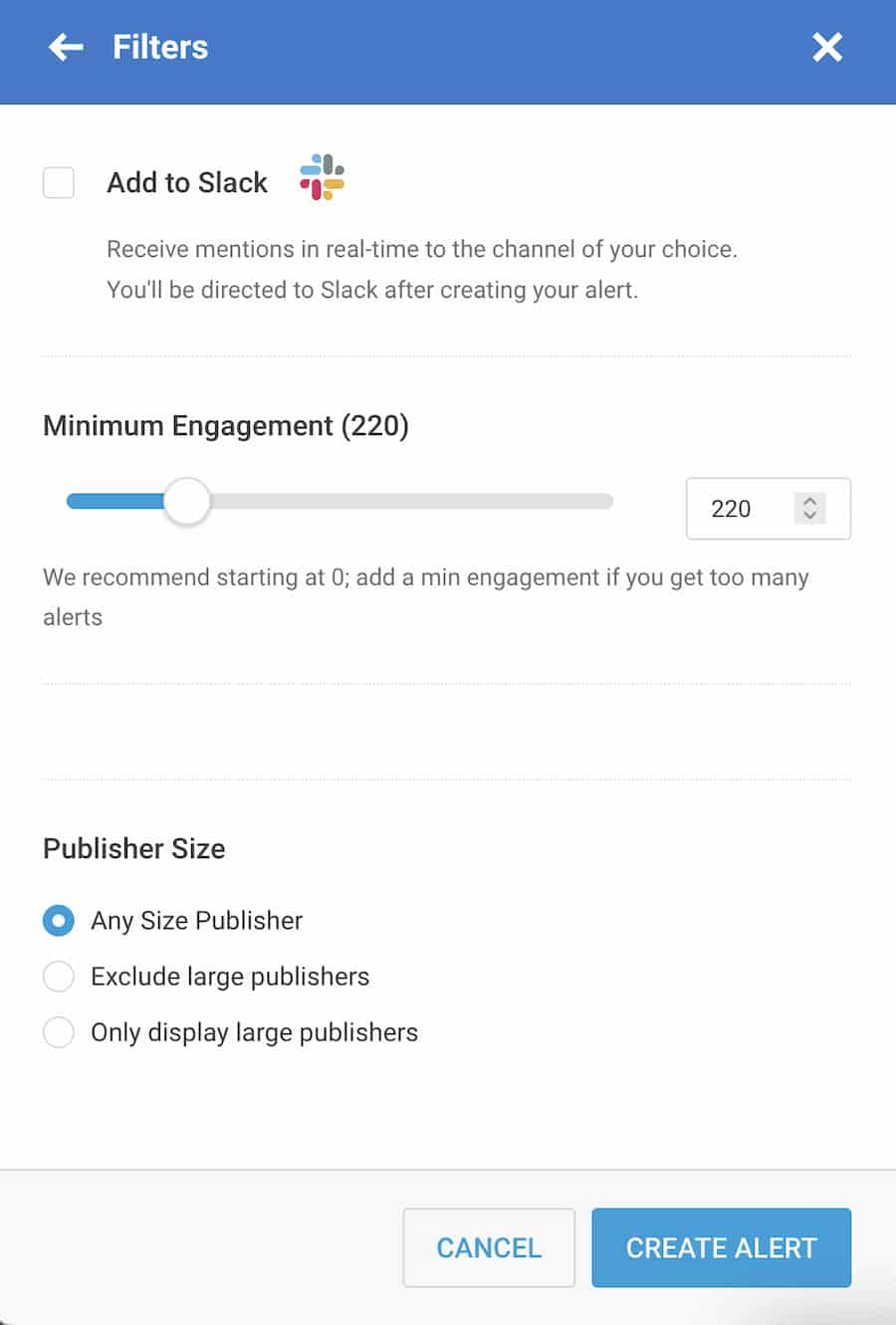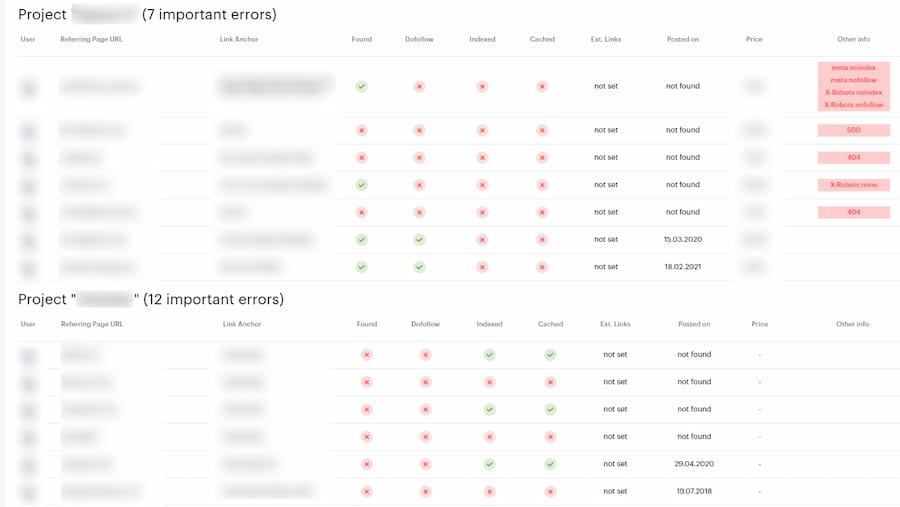Reputational Branding ? a Quick Guide to the Basics
Having a strong brand is an invaluable asset. Customers trust brands, stay loyal to them through hardships (like the recent Covid lockdowns), and bring in more customers through word of mouth.
You probably knew all of that already but it is time that you started taking that seriously. The world is going crazy on many levels and the only way to keep your business afloat is to have a solid brand. There are many studies and surveys supporting that:
According to Fundera, over 40% of customers don’t mind spending more money on brands they’re loyal to. At the same time, almost 60% of people remain loyal to businesses that understand them, and almost 90% of consumers are loyal to brands that share their values.
70% of marketers admit that consistent and high-quality branding is the most important element of interacting with customers.
Sections
- Choosing a brand name is crucial but challenging
- Content diversification is important
- Google can make all the difference
- You are expected to be there momentarily
- Privacy and security should be your brand’s priority
So, what is changing in reputation management and branding? Here are a few most exciting trends to keep in mind:
Choosing a brand name is crucial but challenging
Having a memorable brand name that instills positive topical associations is the fundamental step to creating a solid name.
Yet, finding an available domain name as well as available social media profile names is getting more and more challenging. According to Domain Tools, there are more than 158 million .com domains already registered. Finding an available one is getting impossible:
As a result, more and more businesses are starting with sites on all kinds of cool top-level domains, which is something I would recommend everyone do. Consumers are getting used to non-com domains, so choosing an alternative top-level domain name is not going to have any negative impact on your brand’s visibility.
Namify is a cool newcomer in the domain registration name sector, allowing you to easily come up with a cool brand name that will reflect your industry and trigger positive associations.
The tool also checks major social media account availability and even suggests a logo for your future name. Namify has a directory of business names in any niche for you to get inspired.
Content diversification is important
While the web has given businesses an unprecedented opportunity to get their brands known, it has also posed one important challenge: There are too many channels brands are expected to be present on.
How can (small) businesses afford the time and money to be everywhere on a regular basis?
By creating a well-organized content creation and diversification strategy.
Brand-driven and owned content is crucial for creating a consistent and memorable brand identity.
According to a survey done by Stackla, almost 80% of customers claim that content highly impacts their buying decisions.
On the other hand, it takes at least 5 (and often 7) impressions for consumers to remember a brand. In other words, your content should be seen about 5-7 times for people to remember your brand for some time.
This means covering a lot of channels, many of which support a limited number of content formats:
- Youtube (videos only)
- Pinterest and Instagram (images and videos only)
- Medium (both only work well when you create long-form content)
You can succeed in cross-channel content marketing if you:
- Include your whole company in the process of brainstorming, researching, creating, and repurposing content. This will keep your employees motivated. Reputation management can unite your team, as most employees admit that online reviews make their internal communication better.
- Use tools to turn existing content into videos, infographics, podcasts, and more. Luckily, we have lots of affordable tools that make it both easy and inexpensive. These include Movavi, which can easily turn a text article into a video, and Visme, which lets you create visuals (graphs, charts, infographics, etc.). Tools like that are web-based, so there’s nothing to download, and all your employees can log in to a master account to collaborate on anything. These tools are also very easy to use, so there’s no expensive training or outsourcing required. If you want to take things a step further, consider repurposing a popular blog post or video into a webinar.
Google can make all the difference
It goes without saying that Google is the most powerful brand awareness driver out there. There are lots of studies claiming that Google tends to be the beginning of most buying journeys, and lots of people search for brands instead of typing their domains into the browsers.
The address bar (i.e., where you type a domain to navigate to the site) often acts like a search box, which results in a lot of type-in (direct) traffic going through Google search. For example, in both Google Chrome (mobile and desktop) and Safari (mobile), you can type part of the domain and tap “Go” (or click “Enter” on your keyboard) to instantly perform a Google search:
As a result, people often get to your site through Google search, and hence, Google search is one of the biggest factors in buying decision-making.
With Google owning ~90% of the US search market share, it is no wonder that unless your brand can be found in Google, it almost doesn’t exist.
Google search results are under no one’s control, and that is understandable.
But Google’s brand-driven search results are also under no one’s control and that is something brands have to deal with.
It is almost like having a business card while being unable to control what it says.
Brand-driven search results are those you see when searching for your brand name.
Brand-driven search is important because it can influence your buyers’ decisions, as it often becomes part of a purchasing journey.
What do people see when searching for your brand name? What do they see, and what first impression do your brand-driven search results make?
Remember: It takes about 7 seconds for people to form their initial impression of your brand, so keep an attentive eye on your brand-driven search results.
Creating diverse content will also help, as that will ensure your business will dominate more of your branded search sections.
Text Optimizer is a great way to analyze your brand’s organic search context and see what Google is associating with your business name. Simply put your brand name in the tool’s search box and click “Go:”
You are expected to be there momentarily
Customers’ expectations are growing rapidly. If only several years ago, they may have gone ecstatic when hearing back from a business profile on Twitter or Facebook these days. They expect a reply within an hour.
Awario is a social listening platform that offers a highly actionable approach to notifying you of brand mentions you need to immediately pay attention to. The platform does it by using two metrics:
- Reach: This shows how many people may be involved in any public discussion of your brand
- Sentiment analysis: This allows you to prioritize mentions that are included in the negative context
Image source: Awario
Awario is not the only social listening platform out there, but it definitely wins when it comes to prioritized email alerts. Its starter package costs $24 a month.
You can use Awario in the same way to monitor positive mentions and turn them into your reviews and testimonials.
Similarly to Awario, Buzzsumo is another tool that allows you to easily filter through your brand’s mentions without being distracted by fluff. Buzzsumo alerts you of web mentions (articles and blog posts) that generate some social media signals.
You can set the desired traction of a mention you want to be delivered to your inbox:
Finally, while Buzzsumo is keeping an eye on your new links, Link Checker is a great tool that will keep an eye on your existing (and possibly traffic-driving) links, instantly alerting you if any are removed:
Privacy and security should be your brand’s priority
Privacy and security scandals have been all over the Internet for a few years now, and even huge brands have trouble handling those painlessly.
Remember Google having to close Google Plus over a private data leak? That was just one example of a privacy scandal causing trouble to a brand’s image.
The consequence of those privacy-related headlines was that most consumers are now aware of the cybersecurity risks. If you want your brand to inspire loyalty and trust, make sure you prioritize your customers’ privacy:
- Keep your security protocols, CMS, and servers always up-to-date. Look for ways to upgrade your site security. Take steps to upgrade your CMS for maximum security. Here’s what you can do to make your WordPress site more secure, for example. And here’s the Shopify guide.
- Make sure your employees are aware of the cybersecurity threats and identity theft basics. Take steps to protect their work and personal computers. Make sure they have an antivirus installed.
- Create a detailed privacy policy for your site and make it clear that you care about and protect your customers’ personal data.
Final thoughts
Building a strong brand is a never-ending process. It takes a lot of brainstorming, coordinating, and monitoring. But it is also very rewarding because your brand is an asset that will bring your business through any traffic dips or economic outrages. Good luck!
About the author
Tags: Business Reputation Marketing, Business Reputation Repair, Personal Branding, Reputation Marketing.
